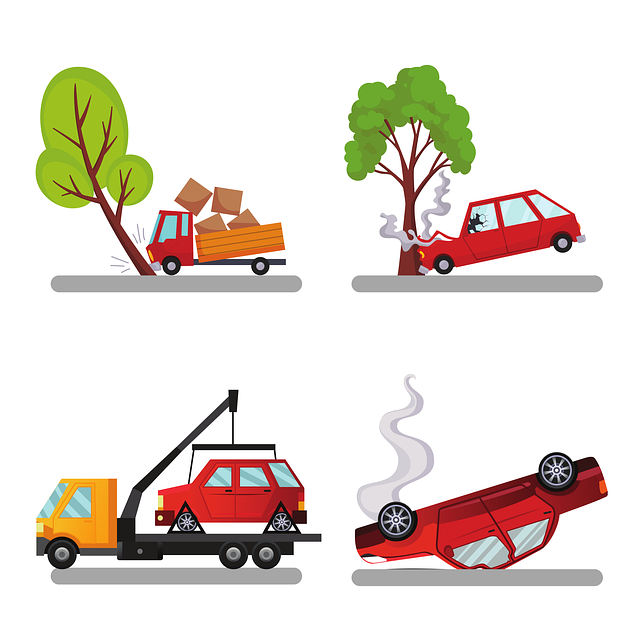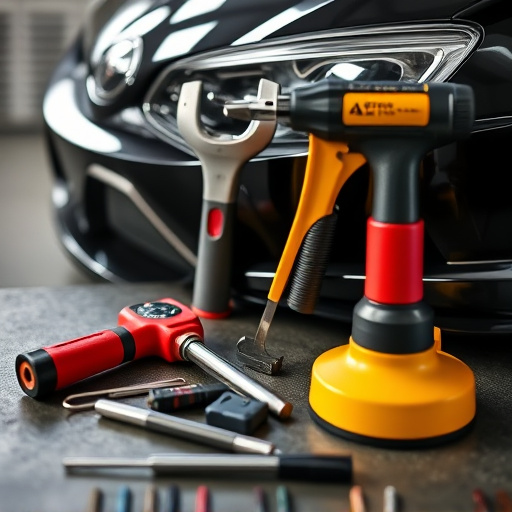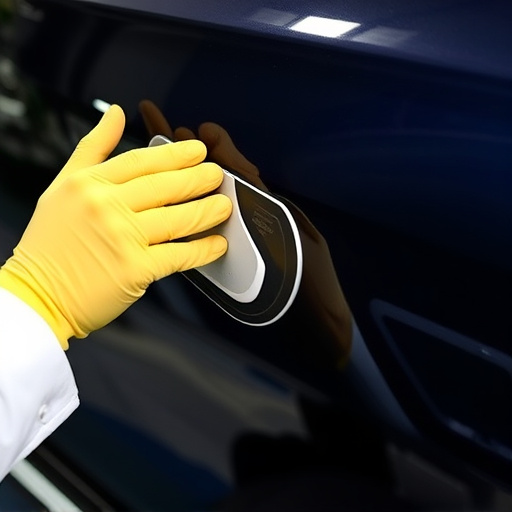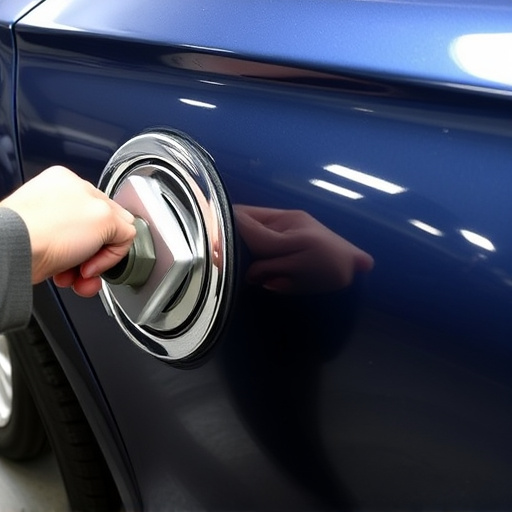Transmission inspections after accidents are crucial for safety and preventing long-term issues. Trained professionals assess drivetrain components, detect damage or wear, and use diagnostic tools to identify defects in luxury vehicles, ensuring vehicle reliability and safer road conditions.
In the wake of vehicular accidents, thorough transmission inspections are paramount for understanding and mitigating damage. This article delves into the intricacies of transmission inspections, focusing on key protocols, essential components to assess, and the vital role experts play in this process. By exploring these aspects, we aim to enhance comprehension of transmission inspection accidents, ensuring safer roads and more effective repairs.
- Understanding Transmission Inspection Protocols
- Key Components to Assess in an Accident
- The Role of Experts in Accident Transmission Inspections
Understanding Transmission Inspection Protocols
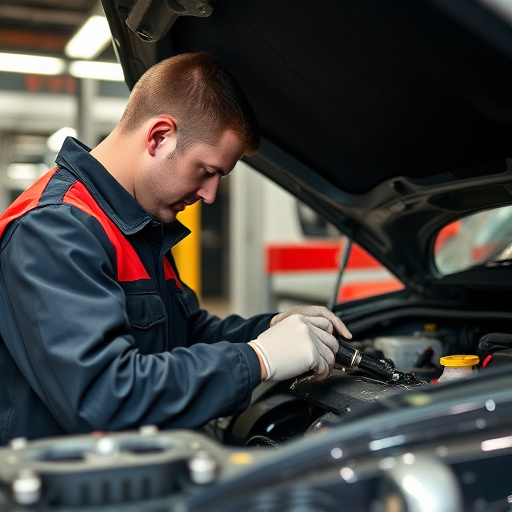
Transmission inspections are a critical component of any comprehensive accident investigation, as they play a pivotal role in determining the severity and cause of vehicle damage following a collision. These inspections go beyond a surface-level assessment to uncover underlying issues that could impact both safety and performance. Protocols for such checks vary but typically involve a systematic evaluation of various components, ensuring each is functioning optimally and safely.
During these inspections, trained professionals at reputable collision repair centers or auto body restoration shops meticulously examine the transmission system. This includes checking fluid levels and quality, inspecting for leaks, assessing gear functionality, and verifying proper alignment. By adhering to established protocols, they can identify wear and tear, detect potential failures, and ensure any necessary repairs are made. Such measures are essential in not just restoring a vehicle’s structural integrity but also in preventing future accidents caused by mechanical malfunctions.
Key Components to Assess in an Accident
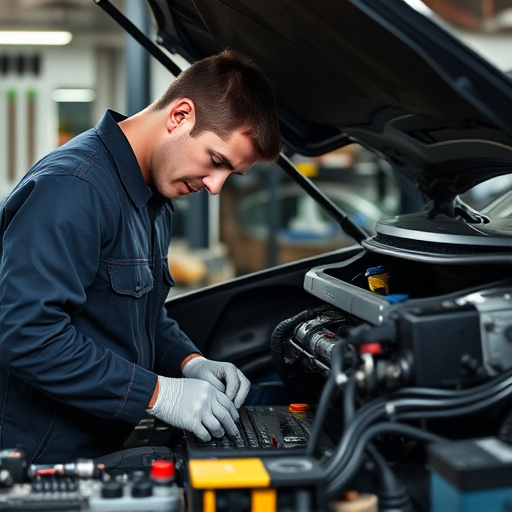
When conducting a transmission inspection following an accident, several key components must be meticulously evaluated to ensure safety and functionality. The first step is to assess the extent of damage to the vehicle’s drivetrain, which includes the transmission itself, differential, and axle assembly. Inspectors should look for signs of fluid leaks, structural damage, or misalignments that could impact performance.
Additionally, it’s crucial to examine the condition of vital components like clutch assemblies, bands, and gears. Any wear, tear, or misalignment can lead to transmission failure, so close attention is required. Moreover, checking the overall lubrication system, including oil levels and filters, is essential as proper lubrication is fundamental for a smooth-running transmission. These comprehensive checks ensure that the vehicle is safe to operate and that potential long-term issues are identified during the accident transmission inspection process, streamlining repairs through reliable automotive repair services or body shop services if needed.
The Role of Experts in Accident Transmission Inspections

When it comes to transmission inspections following an accident, experts play a pivotal role. These professionals possess specialized knowledge and skills to thoroughly assess vehicles involved in collisions, focusing on their drivetrain systems, particularly the transmissions. Their expertise is crucial for accurately determining if a transmission has sustained damage and, if so, the extent of that damage.
In an auto collision center, these experts aren’t just trained in automotive repair services; they’re adept at handling complex cases involving luxury vehicle repair as well. By employing advanced diagnostic tools, they can detect subtle issues that might be missed by untrained eyes. This meticulous process ensures that any transmission defects are identified and addressed promptly, ultimately contributing to safer road conditions for everyone.
In the event of an accident, thorough transmission inspection is paramount for accurately assessing and documenting vehicle damage. By adhering to rigorous protocols, experts can identify key components affected, ensuring comprehensive evaluations. The role of specialized professionals in these inspections cannot be overstated, as their expertise facilitates precise determinations and aids in navigating complex legal proceedings related to transmission inspections accident claims.
